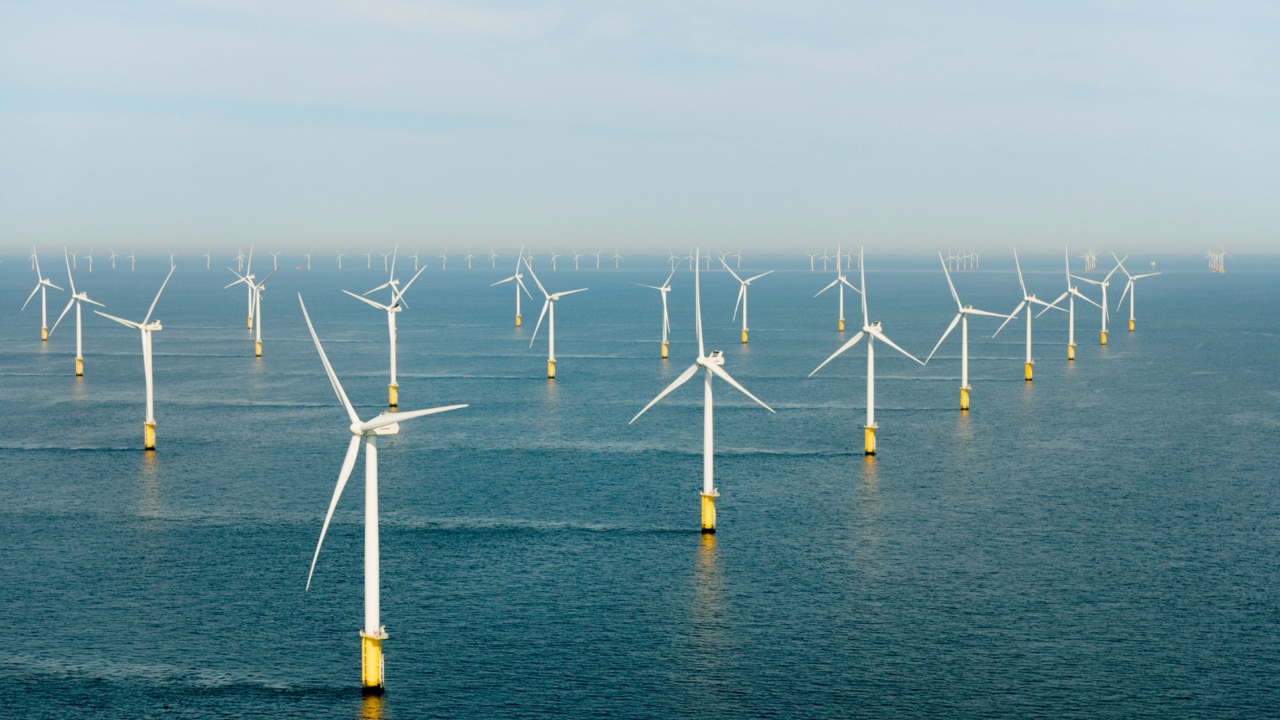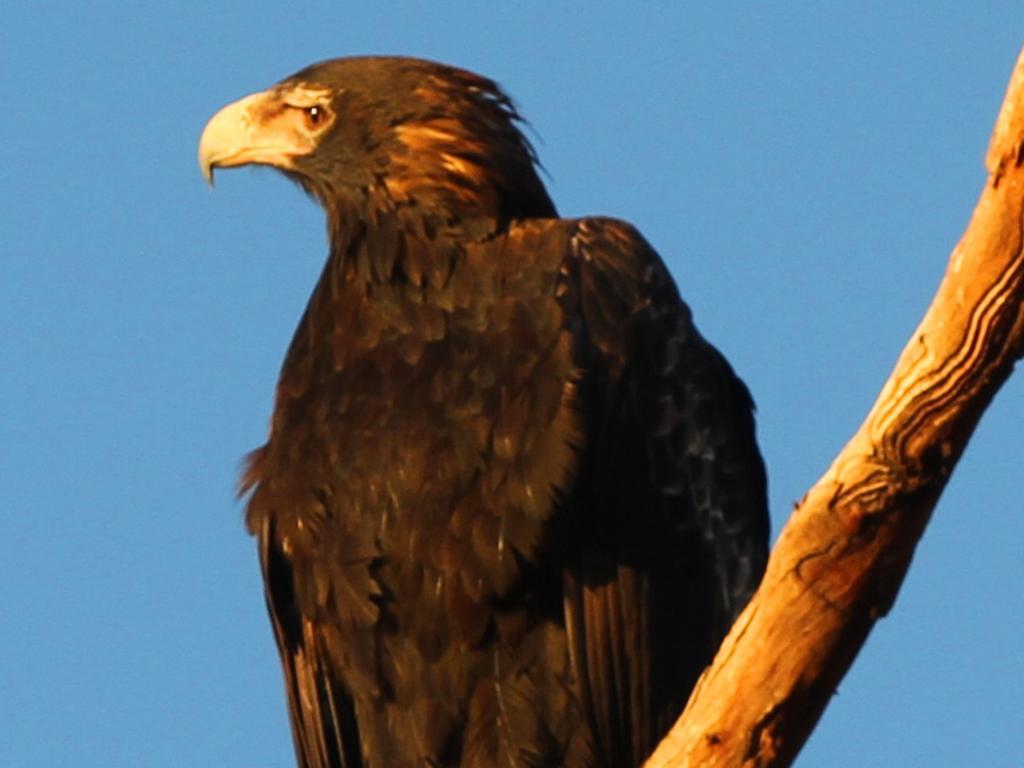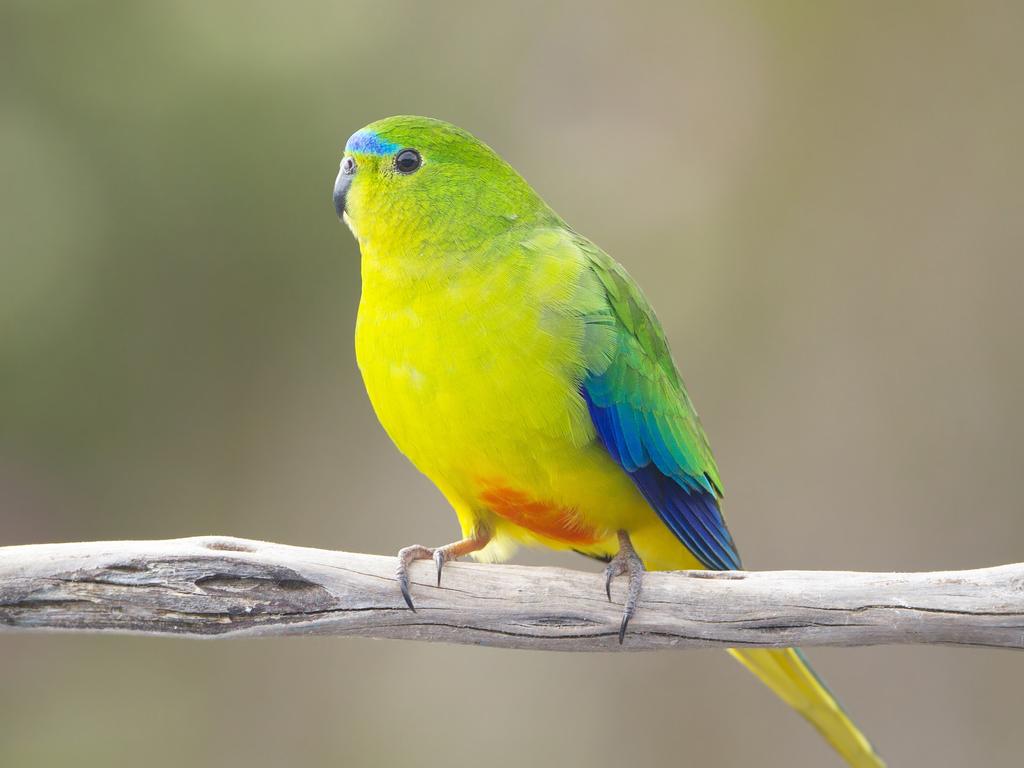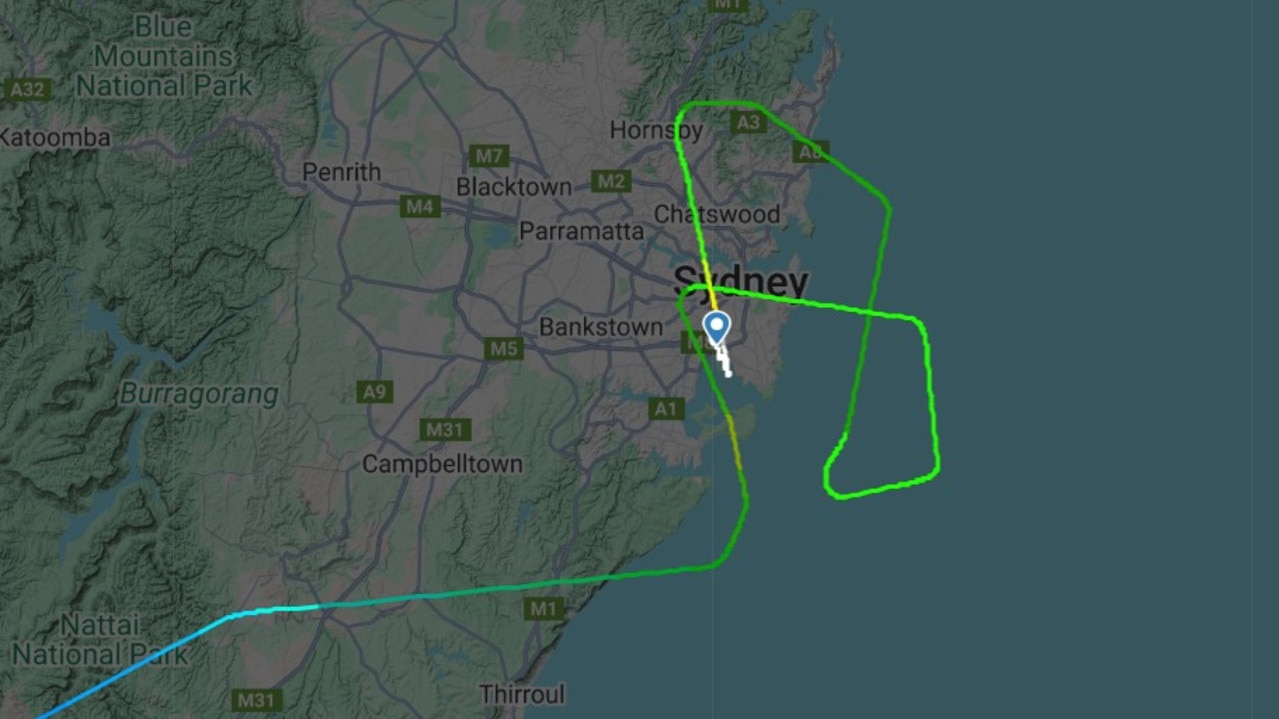Tasmanian wind rush ‘may push eagles to extinction’, says study
Tasmanian wind farms have killed or injured threatened birds in the past 12 years, but the real figure is likely far higher, study finds.

Tasmanian wind farms and transmission lines have killed or injured 321 threatened eagles in 12 years, but the real figure is likely far higher, a new study finds.
The peer reviewed study, published in Australian Field Ornithology, uses data from wind farms, TasNetworks and eagle rescuers to identify the death or injury of 272 endangered Tasmanian wedge-tailed eagles and 49 vulnerable white-bellied sea eagles.
It found that from 2010 to 2022, 268 eagles were recorded killed and 53 injured by wind and transmission energy infrastructure, with the state’s four wind farms reporting 38 deaths, TasNetworks 139 deaths and raptor rescuers 91 deaths.
“The real number can only be higher, since surveying at wind farms is incomplete,” noted study author Gregory Pullen. “Specifically, it is only close to turbines, is periodic and does not involve all turbines or all habitat around each turbine, scrub often being excluded.
“In addition, carcasses are found by TasNetworks crews by coincidence during maintenance – not planned searches.”
Mr Pullen declared a membership of a group opposed to a central highlands wind farm proposal but said his data was entirely verifiable and the study peer reviewed before publication in the journal.
Eagle and bird deaths are a growing area of concern for ornithologists and conservationists, with an onshore and offshore “wind rush” gaining pace in Australia.
In Tasmania, up to 10 new wind farms have been proposed. Most are in part or fully contingent on the $3bn-plus Marinus Link – a proposed second interconnector between the island and Victoria to allow Tasmania to export wind and hydro energy to the mainland.
A North West Transmission project linked to Marinus would see 240km of new and upgraded lines installed across the state’s northwest.
Eagle experts have called for a moratorium on new wind development in the state until regulation and planning is improved, including declaration of “no go” areas for turbines in high-density eagle areas.

Mr Pullen’s study points to estimates from some of these experts that less than 1,000 Tasmanian wedge-tailed eagles remain and expresses concern the wind rush could push the iconic species close to extinction.
It says the federal government has set a 1pc trigger for migratory birds, with actions likely to destroy 1pc of a migratory bird population declared “important”.
“Currently, no similar policy guideline is available for resident bird species, despite mortality from wind farm development and operation being a threat to multiple species,” the paper argues.
The Clean Energy Council said all wind farms sought to “minimise their environmental impact”. “Development of renewable energy projects remains the central pillar of Australia’s strategy to protect our environment and all species through tackling climate change,” said the CEC’s Nicholas Aberle.
“Renewable energy projects are required to adhere to detailed standards under state regulatory frameworks as well as the federal Environment Protection and Biodiversity Conservation Act 1999 to ensure impacts are minimised.”
Tasmania’s planning body is currently hearing appeals related to conditional approval for a 122 turbine wind farm on Robbins Island, in the state’s far northwest.
The state Environment Protection Authority approved the project but on condition it shut down for almost five months of the year to minimise impacts on the critically endangered orange bellied parrot.
“Industry-leading” bird collision avoidance technology employed at one Tasmanian wind farm, and increasingly relied on by regulators, was recently found to have failed to stop the deaths of at least eight eagles in less than four years.
More Coverage









To join the conversation, please log in. Don't have an account? Register
Join the conversation, you are commenting as Logout